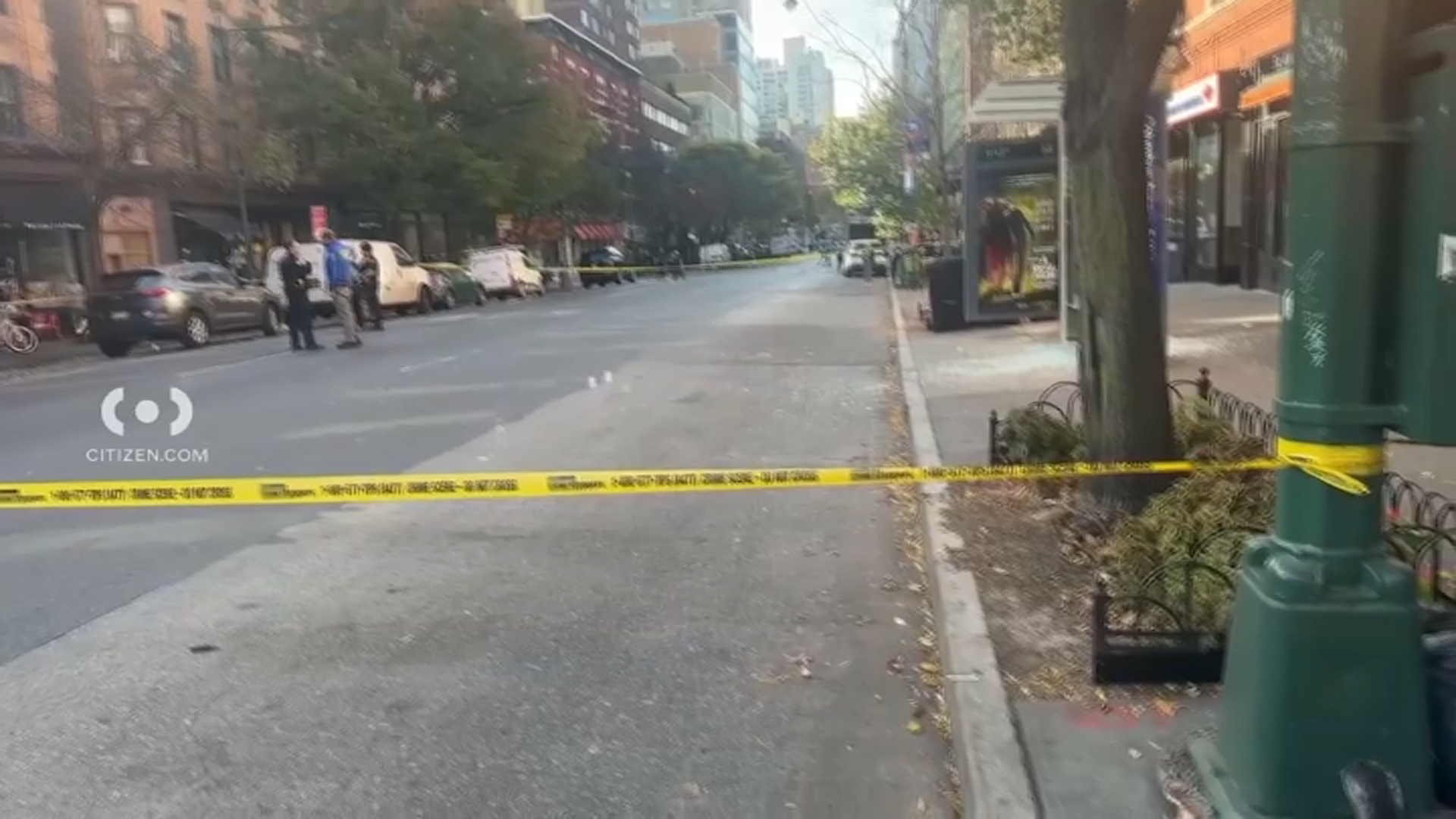Environmentalists are sounding alarms over a multi-year plan to dig up highly volatile sludge at a toxic chemical dump in Bridgewater, New Jersey. The American Cyanamid Superfund site has long been designated as one of the nation’s most poisonous chemical waste repositories.
But this summer, pharmaceutical giant Pfizer began its first efforts to dig up and transport volatile organic compounds (VOCs) resting at the bottom of two lagoons next to the Raritan River. The lagoons are filed with 44,700 tons of "acid tar" which the EPA labels Principal Threat Waste — meaning the material presents a significant risk to human health.
"The simple act of digging into that material could cause an exothermic reaction. In other words a giant chemical explosion," said Robert Spiegel, Director of Edison Wetlands Association, a watchdog that monitors Superfund sites in New Jersey. "They have no idea the witch's brew of different poisons that make up these two giant impoundments."
According to EPA documents, the acid tar is made up of chemical waste with a high BTU-level. BTUs are a measure of how combustible a given material is.
Kim Bencker, a Pfizer spokeswoman, said the company launched a successful demonstration project in June, in which a small part of the toxic sludge was extracted and trucked to an off-site treatment facility.
"The demonstration work was safely completed and met air quality standards approved by both USEPA and NJDEP," Bencker wrote in an email to the I-Team. "The company continues its dedication to remediating the Site, and will do so responsibly."
Jenny Ketrow, a former Bridgewater resident, told the I-Team the plan to excavate the acid sludge makes her uncomfortable because it is so close to the Raritan River and a water treatment plant. She said her father and grandfather used to work on the American Cyanamid site and one of her father’s jobs was to row a boat out onto the lagoons to stir up the contents in order to keep toxins from pooling together.
News
“One of the family stories was about the boat having the bottom rotting out of it and a co-worker almost fell into the lagoon,” Ketrow said. “My grandfather used to say it was basically acid that was in those ponds.”
Edison Wetlands has called for the lagoons to be remediated using expensive high-tech incinerators that can be brought on site. They operate in negative pressure so toxic emissions don’t threaten the surrounding community. By burning the material on site, Spiegel says there would be no trucks carrying hazardous chemicals on public roads.
"The public would have absolutely no knowledge of where these trucks would go," Spiegel said.
But even critics of the plan admit there are no perfect solutions and not all environmental advocates are unified in their preferred remediation strategy.
In 2018, the Sierra Club endorsed the idea of digging the acid tar up and transporting it to another location, but criticized the slow pace of the planned remediation. According to Pfizer, full clean-up of the impoundments will require 2-5 trucks per day, ten months a year, and won’t be done until 2023 or 2024. Jeff Tittel, Director of the New Jersey Sierra Club, said pollution from the contaminated site could leak into the Raritan River if a major flood occurred during that time.
He also pointed out that the toxic lagoons are only the most polluted part of the Superfund Site. There are hundreds of acres more where the only plan is to simply cap the contaminated land and install a lifetime monitor.
"There needs to be a complete clean-up of the site removing the 900,000 tons of waste materials and other toxins that are on that site," wrote Jeff Tittel, "Since this is in a flood prone area and a flood plain we need a permanent clean up."
Pfizer says its recent demonstration project proved the company can manage flood risks while digging out the lagoons, because some of the work took place during heavy rain.
"The timing of Tropical Storm Isaias provided an important opportunity to confirm the ability to quickly clear and secure the work area in the event of a significant storm," Bencker said.
Full scale excavation of the acid tar is expected to begin sometime in 2021.



